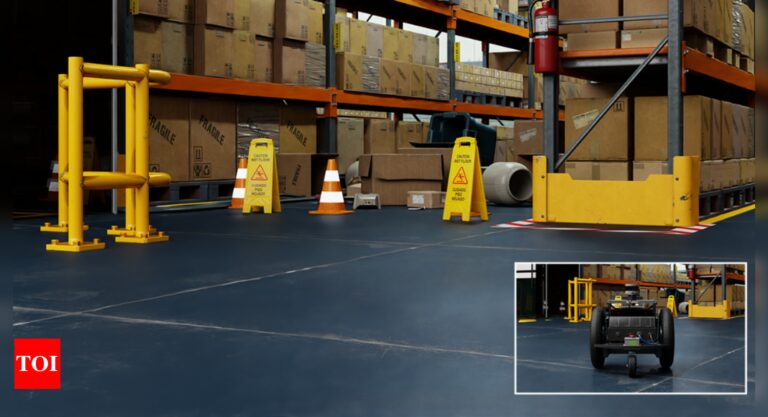
[ad_1]
NVIDIA and Open Robotics have entered into an agreement to boost ROS 2 performance on the NVIDIA Jetson edge AI platform and GPU-based systems. The partnership aims to reduce development time and improve performance for developers seeking to incorporate computer vision and AI/machine learning functionality into their ROS-based applications.
Open Robotics is said to help ROS 2 to enable efficient management of data flow and shared memory across GPU and other processors present on the NVIDIA Jetson edge AI platform. This will significantly improve the performance of applications that have to process high-bandwidth data from sensors such as cameras and lidars in real time.
In addition, both companies are working to enable smooth simulation interoperability between Open Robotics’s Ignition Gazebo and NVIDIA Isaac Sim on Omniverse. Isaac Sim already supports ROS 1 and 2 out of the box and features an ecosystem of 3D content with its connection to applications, such as Blender and Unreal Engine 4.
With the two simulators connected, ROS developers can move their robots and environments between Ignition Gazebo and Isaac Sim to run large-scale simulation. They can also take advantage of each simulator’s features to generate synthetic data for training and testing of AI models.
“As more ROS developers leverage hardware platforms that contain additional compute capabilities designed to offload the host CPU, ROS is evolving to make it easier to efficiently take advantage of these advanced hardware resources,” said Brian Gerkey, CEO of Open Robotics.
“Working with an accelerated computing leader like NVIDIA and its vast experience in AI and robotics innovation will bring significant benefits to the entire ROS community” he added.
Software resulting from this collaboration is expected to be released in the spring of 2022.
NVIDIA is gearing up for ROS World on October 21 and 22. The company is planning to release new GEMs for Jetson developers including several DNNs.
[ad_2]